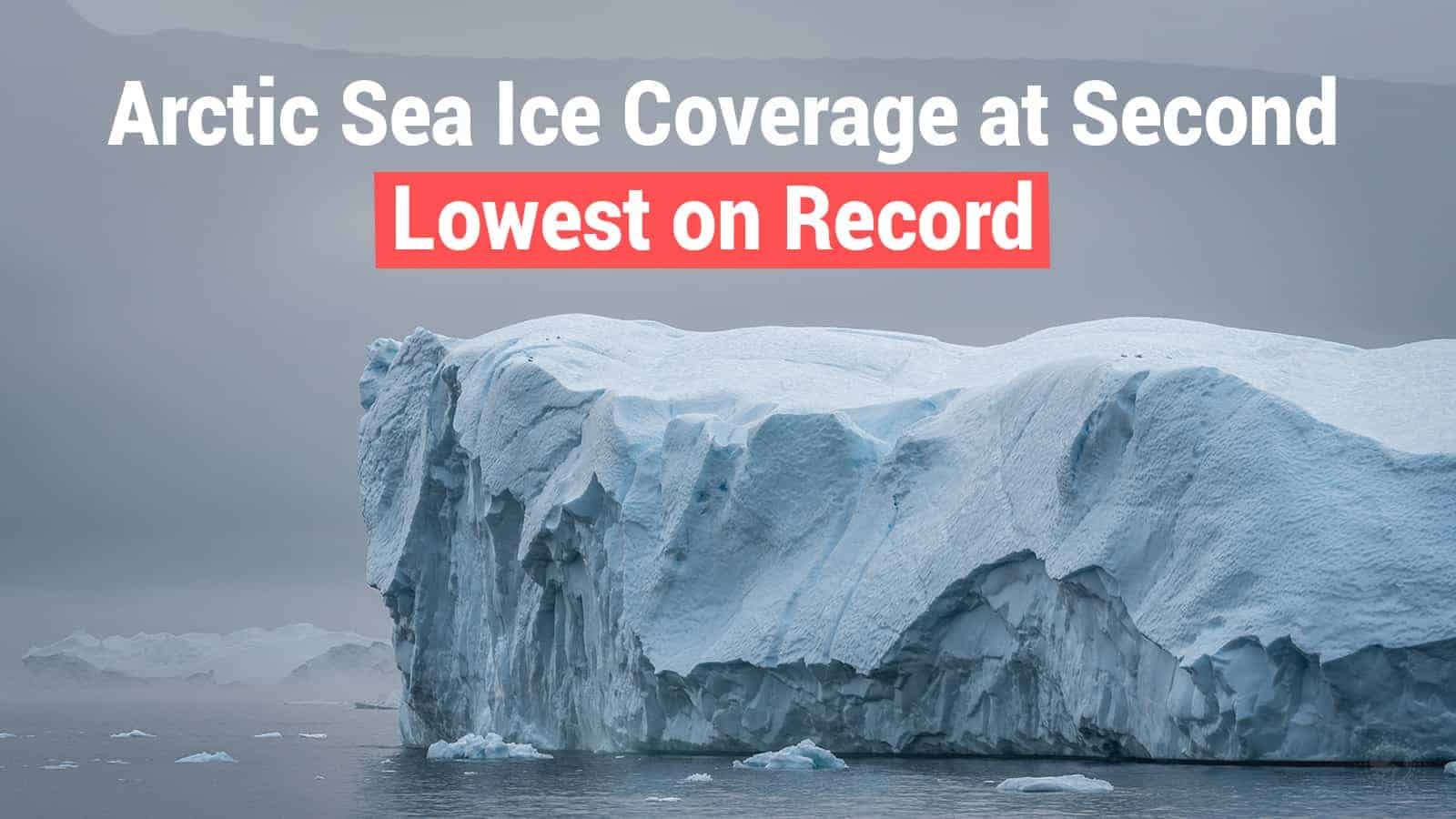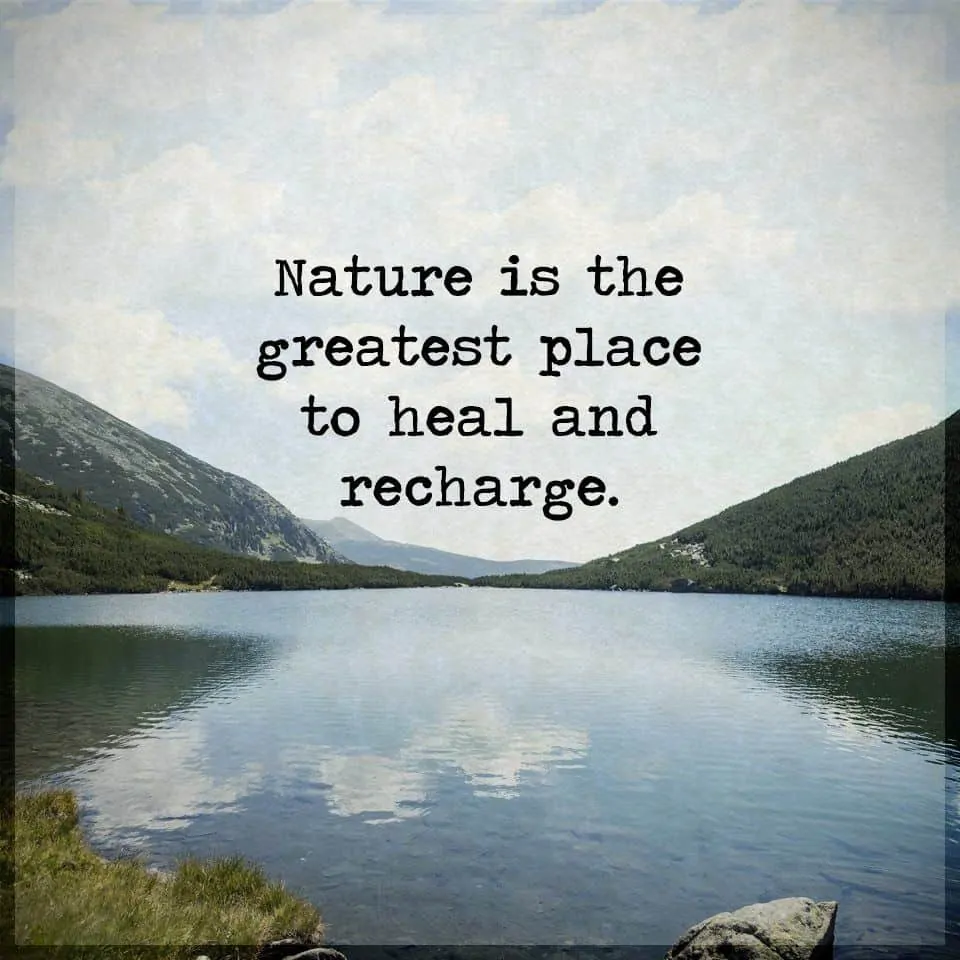On September 15, 2020, the Arctic Sea ice extent reached the second lowest on record, measuring 1.44 million square miles. Satellite data by NASA and the National Snow and Ice Data Center (NSIDC) helped make this discovery. This marks the second lowest sea ice cover since record-keeping began 42 years ago. Only 2012 had a smaller ice minimum than this year, measuring 1.31 million square miles.
Last year’s sea ice coverage tied for second at 1.60 million square miles on September 18, until this year. In the last 20 years especially, scientists have observed the summer ice coverage decreasing dramatically. Over the past four decades, Arctic Sea ice has shrunk by a staggering 66%. The 2020 minimum extent covered 958,000 square miles less than the 1981-2010 yearly average.
In fact, 2020 marks only the second time in history that the ice coverage fell below 1.5 million square miles. Unusually warm weather in the Arctic led to the rapid melting of ice sheets, which will likely continue in the future. A Siberian heatwave in spring 2020 kicked off the Arctic sea ice melt season earlier than usual. Arctic temperatures soared 14 -18 degrees Fahrenheit above average, which caused sea ice to keep shrinking.
“It was just really warm in the Arctic this year, and the melt seasons have been starting earlier and earlier,” said Nathan Kurtz, a sea ice scientist at NASA’s Goddard Space Flight Center in Greenbelt, Maryland. “The earlier the melt season starts, the more ice you generally lose.”
Overall, scientists have observed the Arctic ice getting ever thinner over the years. Large decreases in sea ice extent in 2007 and 2012 resulted in fewer thick ice regions formed over multiple winters. Adding fuel to the fire, thin ice melts much faster than thicker glaciers and sheets.
What causes the Arctic Sea ice sheets to melt?
Above average water, temperatures have contributed to the retreating ice as well. Normally, the Atlantic Ocean’s warmer waters remain deep below the colder Arctic waters, keeping ice intact. However, a study found that the Atlantic waters have started to creep ever closer to the sea ice, warming it from below. This warm water area usually sits 150 meters below the surface, but now it remains only 80 meters away. Scientists have said that this factor alone is the key driver of retreating sea ice regionally.The effects in the Arctic act like a snowball, said Mark Serreze, director of NSIDC. Warmer ocean temperatures erode the thicker, more resilient ice, which results in thinner ice in springtime. Springtime melts have begun earlier in the last decade, which leads to more open water. In turn, this means more water available to absorb heat from the sun, causing water temperatures to rise.
“As the sea ice cover extent declines, what we’re seeing is we’re continuing to lose that multiyear ice,” Serreze said. “The ice is shrinking in the summer, but it’s also getting thinner. You’re losing extent, and you’re losing the thick ice as well. It’s a double whammy.”
The second-lowest ice minimum on record signals one of many signs of a warming Arctic, he said. He pointed to the Siberian heat waves, forest fires, and above average temperatures in the Central Arctic. Also, warming temperatures caused permafrost to thaw, leading to the Russian oil spill earlier this year.
In normal winter conditions, frozen seawater covers almost the entire Arctic Ocean and surrounding seas. During late spring and summer, this sea ice thins and shrinks, and it expands and thickens throughout the colder months. The summer ice extent in the Arctic affects more than just the local ecosystems and weather patterns. It also plays a huge role in global weather as well as ocean circulation.
The impact of the Arctic Sea ice melt
The melting sea ice could devastate ecosystems, more turbulent weather conditions, and warmer Arctic temperatures. Unfortunately, some scientists predict ice-free summers as soon as 2035, especially if global emissions don’t decrease. Even if we cut emissions and the climate stopped warming, however, research shows the ice will keep melting.
It seems we’ve reached a tipping point, as another study discovered an already transitioning environment in the Arctic due to global warming. The researchers found that the climate has begun to shift from one characterized by snow and ice to one with more open water and rain.
While it took decades to get to this point, humans have rapidly accelerated the effects of climate change. Satellite images taken of the Arctic since 1979 have revealed a 12 percent decline per decade in ice coverage. In 2007, the ice extent started having record lows almost every year. While global sea levels won’t fluctuate much due to melting sea ice, the loss of glaciers and ice shelves can have a huge impact.
For example, if Greenland’s ice sheet melted completely, it could raise sea levels by as much as 20 feet. This would wipe many coastal cities off the map, although this likely won’t occur for several centuries. Even though sea ice wouldn’t cause this devastation level, it can speed up the melting of land-based ice by destabilizing it. Since glaciers and ice sheets hold millions of water gallons, this can potentially reshape the world as we know it.
Final thoughts on record-breaking Arctic Sea ice extent
While 2020 doesn’t hold the record for lowest Arctic ice coverage, it comes in at a close second. 2012 had the lowest sea ice minimum, at 1.31 million square miles. This year, it measured 1.44 million square miles on September 15. Over the past four decades, scientists have observed a rapid decrease in sea ice, shrinking by 66%.
While global warming combined with greenhouse gas emissions will continue to melt ice regardless of the changes we make, we can still mitigate its effects. Doing away with fossil fuels as well as decreasing consumption can do wonders in protecting the environment. Even if we make up a small part of the whole, we can effect large changes by working cohesively as a collective.
















 Community
Community

